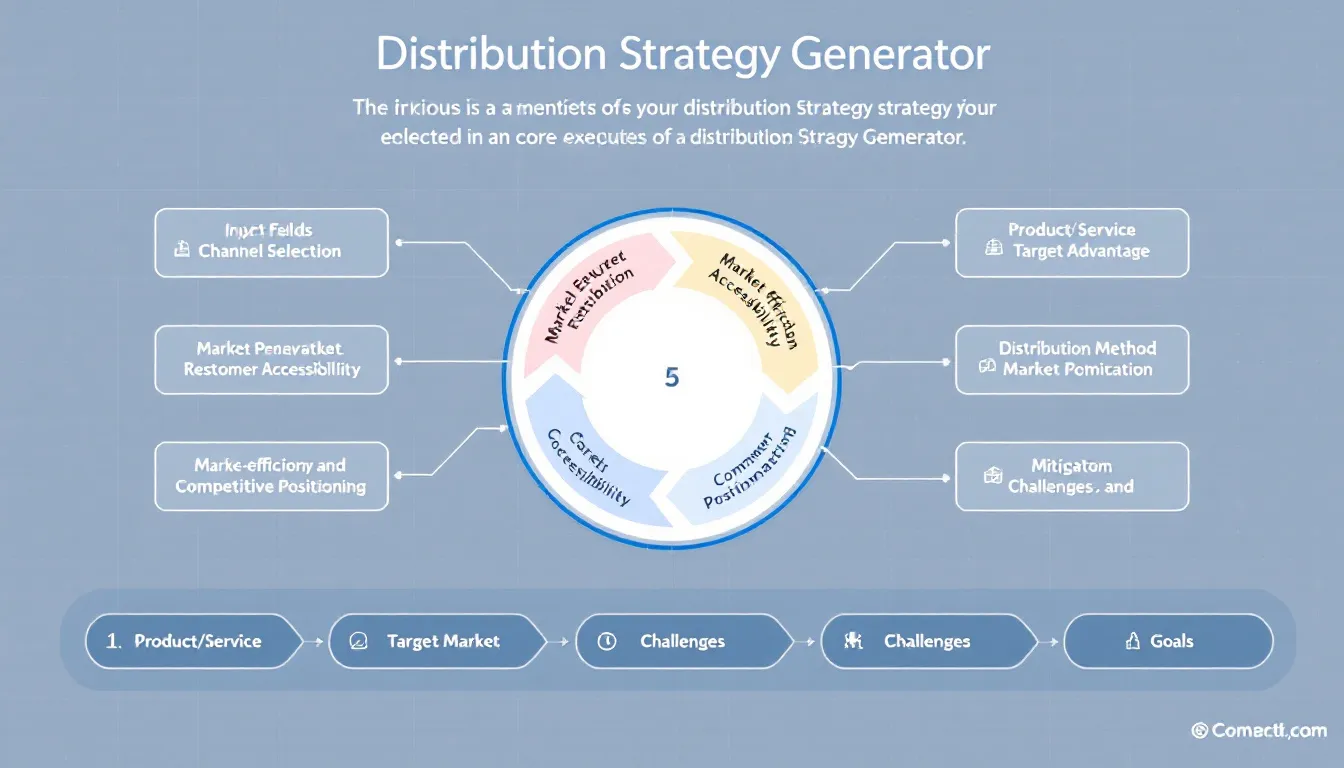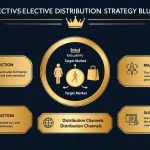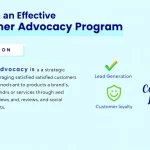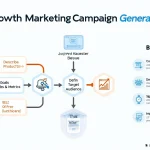Is this tool helpful?
How to Use the Distribution Strategy Generator Effectively
This tool helps you create focused and actionable distribution plans for your products or services. To get the best results, follow these steps:
- Product or service field: Enter what you want to distribute. For example, try “Eco-friendly office supplies” or “Mobile app development services”.
- Target market: Describe your ideal customer segment in detail. Examples include “Startups seeking sustainability solutions” or “Millennials living in metropolitan areas looking for wellness apps”.
- Distribution method: Specify your preferred channels to reach customers. You might use “Corporate partnerships and online marketplaces” or “Social media campaigns and affiliate networks”.
- Challenges: List obstacles you face, such as “Limited brand recognition in new markets” or “High logistics costs in rural regions”.
- Goals: (Optional) Add measurable objectives like “Grow customer base by 15% over 9 months” or “Expand retail presence to 30 new stores”.
What is the Distribution Strategy Generator?
The Distribution Strategy Generator is a tool designed to help you build clear and customized plans for delivering your products or services to the right customers. It analyzes your inputs to propose distribution channels and methods aligned with your business goals and market conditions.
Using this generator, you gain insight into effective channel selection, market penetration tactics, and ways to overcome distribution barriers. The tool supports smarter decisions that improve your market reach and resource use.
Key Benefits of the Distribution Strategy Generator
- Strategic guidance: Offers data-driven recommendations for selecting distribution channels that fit your product and audience.
- Resource efficiency: Helps you allocate budget and effort where they make the most impact.
- Market expansion: Supports entry into new customer segments with tailored approaches.
- Risk identification: Highlights potential distribution challenges and suggests solutions before you launch.
Practical Applications of the Distribution Strategy Generator
This tool fits a wide range of scenarios where businesses need effective distribution planning, such as:
- Launching new products in existing markets
- Expanding services into untapped geographic regions
- Optimizing multi-channel distribution setups
- Resolving channel conflicts and overcoming market saturation
Example Usage
A local handmade furniture business used the tool to generate a distribution strategy that combined:
- Online direct-to-consumer sales
- Partnerships with boutique home décor retailers
- Participation in regional trade shows
This approach increased their market reach by 30% within eight months.
Core Elements of an Effective Distribution Strategy
Channel Selection and Optimization
Choose distribution channels based on factors like
- Market coverage potential
- Cost-effectiveness
- Customer shopping preferences
- Competitive environment
- Ease of implementation
Performance Metrics to Track
To measure the success of your distribution strategy, monitor key indicators such as:
- Market penetration rate
- Cost per customer acquisition
- Channel sales efficiency
- Distribution coverage ratio
Optimization Techniques Used by the Generator
- Detailed market segmentation analysis for precise targeting.
- Modeling channel performance to predict outcomes.
- Cost-benefit evaluation to prioritize efforts.
- Risk assessment to identify and mitigate distribution barriers.
Frequently Asked Questions About Distribution Strategy Planning
How do I choose the best distribution channels for my product?
By analyzing your product features, customer preferences, and business goals, the tool recommends distribution channels that maximize reach and return on investment.
Can I use multiple distribution methods at the same time?
Yes, the generator often suggests a multi-channel approach to broaden your market presence and balance different customer touchpoints.
What factors help prioritize my distribution channels?
The tool ranks channels based on expected market potential, resource needs, costs, and strategic value to your business.
How do I know if my distribution strategy is successful?
Use measurable KPIs like market penetration, sales volume through each channel, and customer acquisition costs. Regular tracking allows timely adjustments.
Best Practices for Implementing Your Distribution Strategy
Execution Steps
- Roll out your plan in phases to manage risk
- Select reliable channel partners aligned with your goals
- Continuously monitor channel performance
- Gather and integrate customer and partner feedback
- Refine and adapt your strategy as needed
Factors That Drive Success
- Clear, measurable objectives
- Strong, mutually beneficial channel partnerships
- Efficient logistics and inventory management
- Regular review and performance optimization
- Active listening to market feedback
Important Disclaimer
The calculations, results, and content provided by our tools are not guaranteed to be accurate, complete, or reliable. Users are responsible for verifying and interpreting the results. Our content and tools may contain errors, biases, or inconsistencies. Do not enter personal data, sensitive information, or personally identifiable information in our web forms or tools. Such data entry violates our terms of service and may result in unauthorized disclosure to third parties. We reserve the right to save inputs and outputs from our tools for the purposes of error debugging, bias identification, and performance improvement. External companies providing AI models used in our tools may also save and process data in accordance with their own policies. By using our tools, you consent to this data collection and processing. We reserve the right to limit the usage of our tools based on current usability factors.







